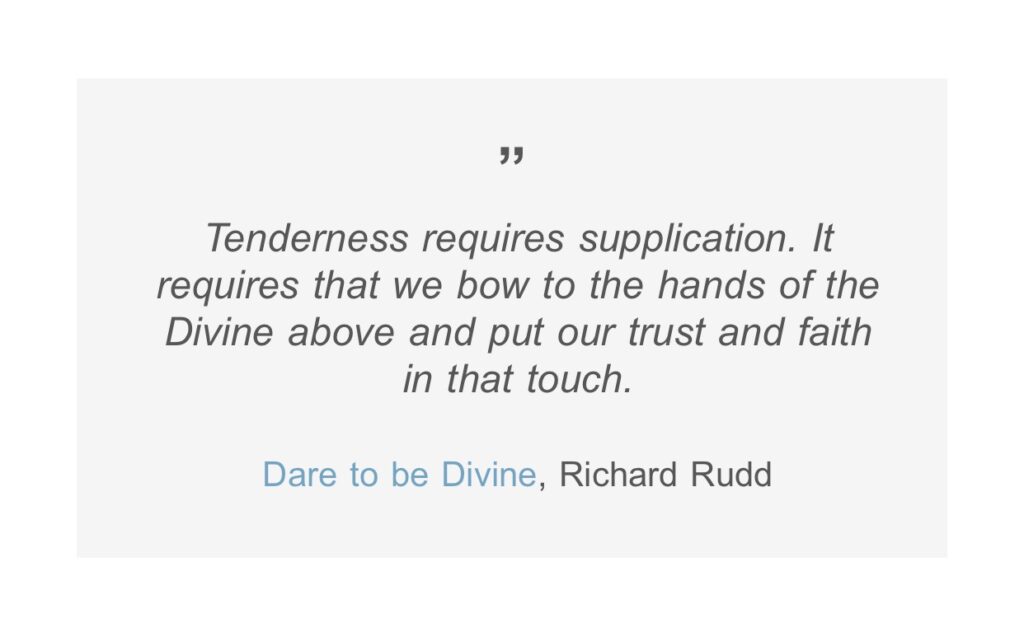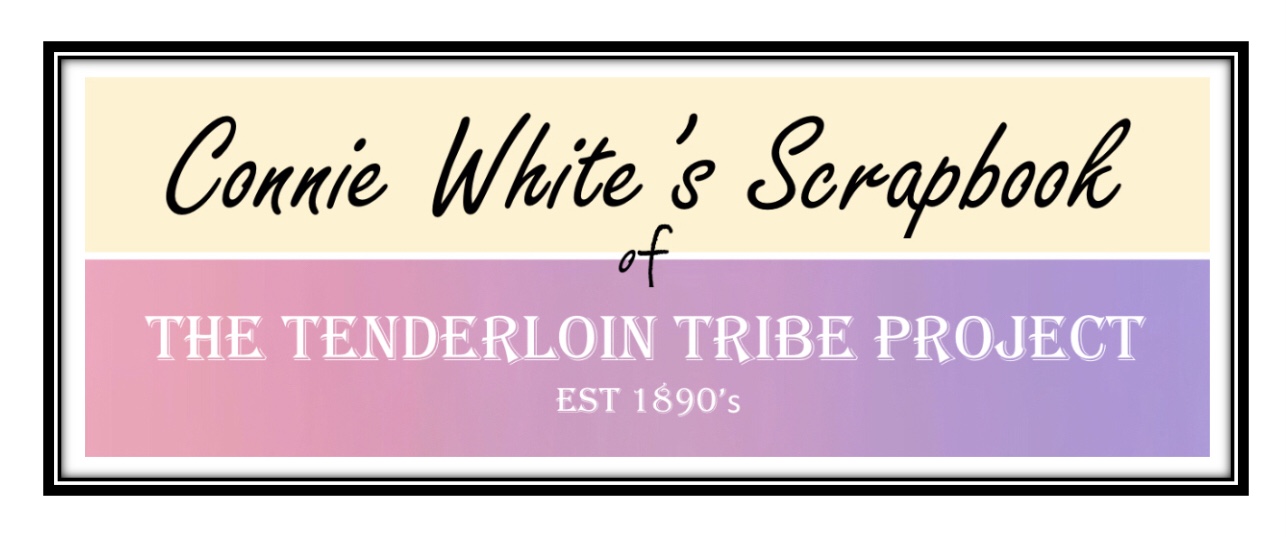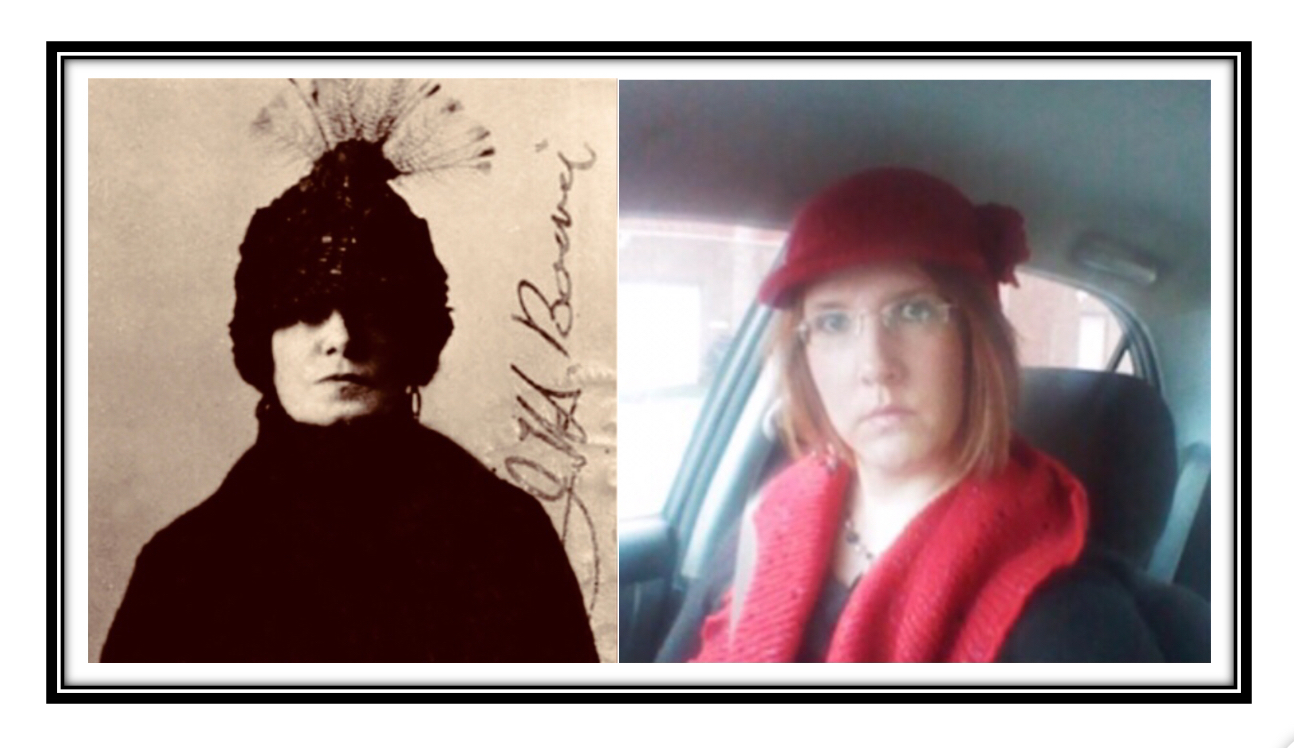I’m a tender, a sensitive. You probably know if you are one. For as long as I can remember, I’ve known I am different in this way. On the sensitivity bell curve, I am softer than most people. I feel afraid of judgement as I write this because I have been told repeatedly in some form or fashion that I am, in fact, not. But I am. And for me, one aspect of being highly sensitive means being very aware of other people’s emotions. In retrospect, learning to predict the behaviors that often accompany emotions (such as judgment) was probably born as a means of self preservation.
Thus, I learned to protect my sensitivity by keeping it as hidden as possible.
However, my tendencies towards pattern recognition & analyzation were also rooted in curiosity. I’ve always been genuinely fascinated with the human psyche. Even as a child, if I could help it, I never missed a Christian radio episode of Focus on the Family with psychologist, Dr. James Dobson. I read all my father’s books on relationships along with everything else I found at the local library. And after I grew up and became a psych nurse, my preoccupation with labels and groupings only intensified.
Of course, while I was busy studying and labeling everyone else, my therapist, whom I sought out in my mid-thirties, was interested in what type of person I was. She told me about the book, The Highly Sensitive Person. I already knew a little about the author’s other work, The Highly Sensitive Child. But I guess I never realized until then that adults were allowed to be recognized as sensitive too.
Years later, after I moved away, I took a job where autism was my primary focus. And it wasn’t long before I recognized more than a few spectrum traits within myself. For the next several years, I periodically researched these as a means of trying to determine what was “wrong” with me. And eventually, I found the documentary put out by Dr. Elaine Aron, the psychologist who wrote the sensitive books.
After watching her movie, SensItive, The Untold Story, I felt relieved and even more sure that I was just sensitive and not autistic.
Of course, this relief would be short lived. But I haven’t yet gotten to that part of my story.
I also discovered Richard Rudd, the developer of the gene keys, a system which is different and yet still comparable to astrology or human design. Through his teachings, I discovered that I have the the shadow of weakness which is meant to be transformed into the Siddhi (gift or strength) of Tenderness through the way of equality. In his interview with Rudd, Aubrey Marcus, whose birthday, like mine, is February 28th, discusses our shared Gene Key, #37. This part of the interview starts at the 41:54 mark in the below video.
Aubrey talks about the weakness that comes with his extreme sensitivity. In so many words, his fragility, he says, is in being so conscientious of and thus influenced by, what other people think of him. I understand this so very much because I have the same weakness. My fragility also includes being thought of as weak. Since the age of seven, I have been told that my connective tissues are weaker than those of people who do not have Marfan syndrome or some other connective tissue disorder such as Lupus or Ehler Danlos. Thus, for years, I kept secret my diagnosis.

I have so much more to say in the next entries about sensitivity, the Siddhi of tenderness and how they tie into San Francisco’s district of the soul, The Tenderloin. But for now, let me close this entry with a few images. Above is a picture of my own custom license tag, T3ND3R. And below, are screenshots from my email subscription to Gene Keys. I hope that you will feel inspired to discover your own Gene Keys. And as I will discuss in the next entry, you don’t have to have Gene Key #37 to be a sensitive!




